By Steve Hynes, Warrnambool Standard
BEEF production today is all about figures – numbers that indicate which animals will be the best breeding stock.
Important among the numbers are those relating to structure – they are essentially an assessment of an animal’s physique and they indicate how well it will perform in the herd.
District producers were given some insight into how cattle are assessed at a field day last week at Te Mania Angus, Mortlake.
Jim Green, an assessor with BeefXcel from Holbrook, New South Wales, was at Te Mania on one of his regular visits to assess the herd.
Last week’s visit was to look at the yearling bulls. Every bull was individually assessed and the data submitted to Breedplan where it will be genetically analysed to calculate the structure EBVs (Estimated Breeding Values). These are used in sale catalogues to help buyers find animals that will suit their breeding needs.
Mr Green will visit again at weaning in January or February to assess the first, second and third-calving cows, looking at teat size and shape and udder structure.
In May, all the spring sale bulls will be assessed again to ensure the information is up to date, then in July he will assess all the maiden heifers before calving to help with the next year’s joining decisions.
“Structural problems in cattle have a substantial effect on the reproductive and growth performance of a beef herd,” Mr Green told producers who had gathered to watch him at work.
He said it was recognised that bulls with structural problems had a detrimental effect on conception rates, calving patterns and therefore profitability.
Females with inadequate structural characteristics were more prone to weaning lighter calves or conceiving later in the breeding season, he said.
Mr Green said the current trend towards consistency and quality of product had shifted producers’ focus towards selecting animals on carcass and growth genetic traits.
While this selection would continue to be pivotal in developing the Australian beef industry, producers must not forget the fundamentals of livestock breeding, he said.
He used his demonstration to explain how a particular physical characteristic was translated into a number.
He also assessed the temperament of the bulls by observing their behaviour while they were in the ring.
Analysis of 3000 animals in a genetically linked herd has indicated that structural characteristics such as leg and foot structure are moderately to highly heritable.
Te Mania co-principal Tom Gubbins said the assessments were an essential part of the stud’s breeding progress and were best carried out by an independent person.




